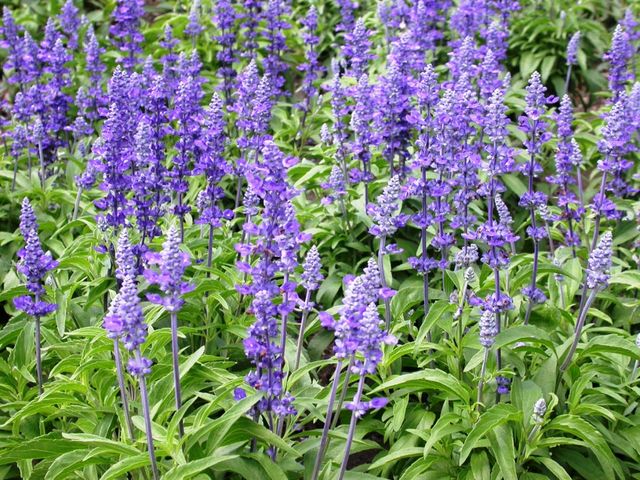For thousands of years, spices have given dishes a special grace and flavor. But not many people know how they really look in the wild. Today we will look at a few examples of spices that look extremely unexpected before they hit store shelves.
Sesame
A versatile spice that perfectly complements both confectionery and salad, it actually grows in a cocoon. Each cocoon is 3 to 5 cm in size and contains hundreds of seeds. The height of these plants with lilac or white flowers can reach 3 meters. Sesame can be found in arid and hot climates, as the plant is drought tolerant.
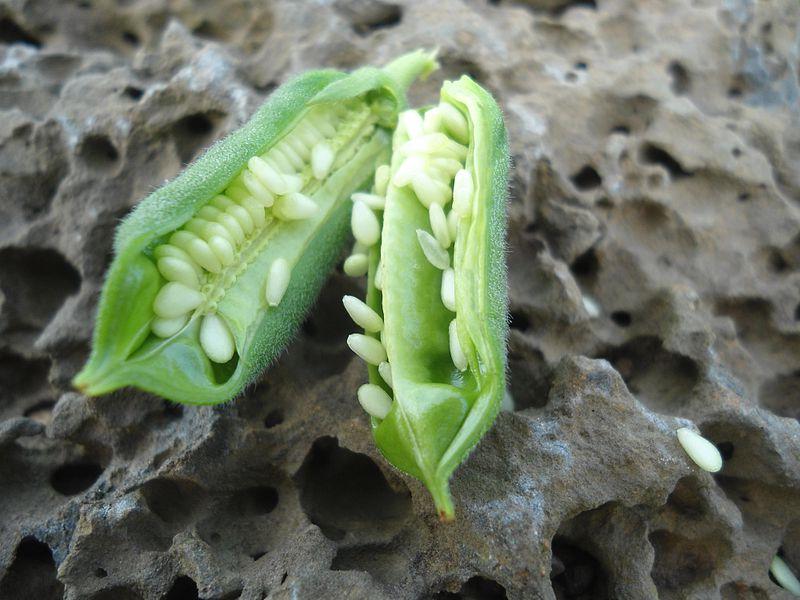
Saffron
One of the most expensive and precious spices in the world, it is not for nothing that the people call the plant a “miracle herb”. The reason for this was that the flower quickly dies, and the most valuable part of it, the anther of the red flower, must be collected quickly and by hand.
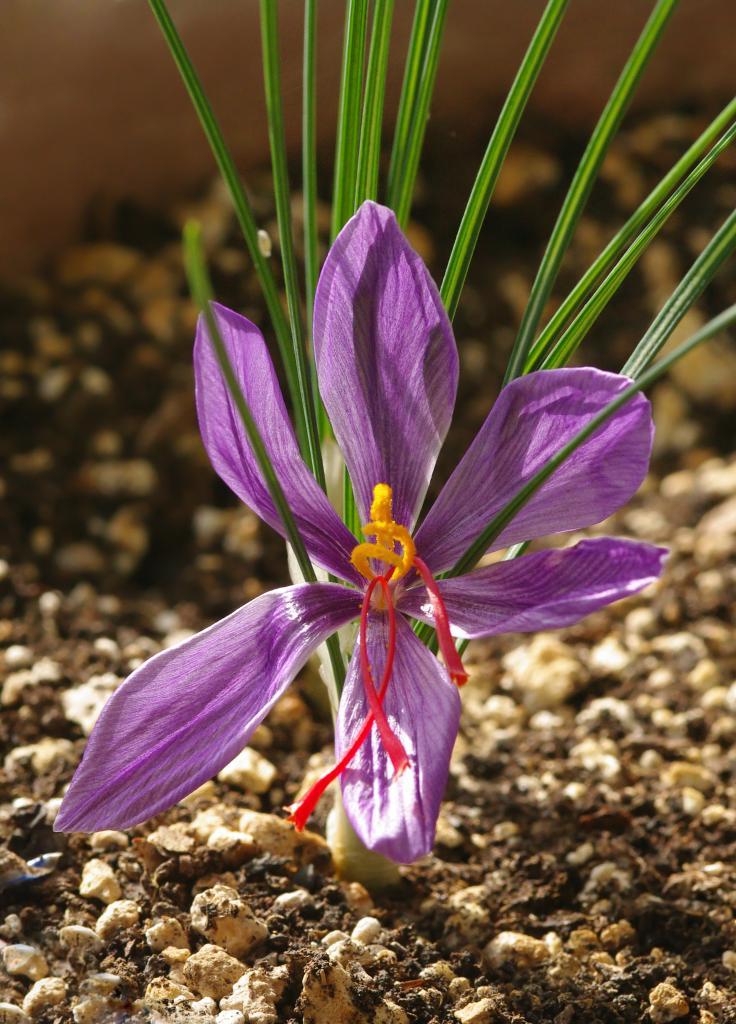
Wasabi
In another way, the plant is called "Japanese horseradish". Wasabi roots, ground into a paste or powder, are often used by sushi lovers. And the plant itself has heart-shaped leaves and small white flowers. Wasabi loves dark and humid places, but a garden can be a good place to grow it too.
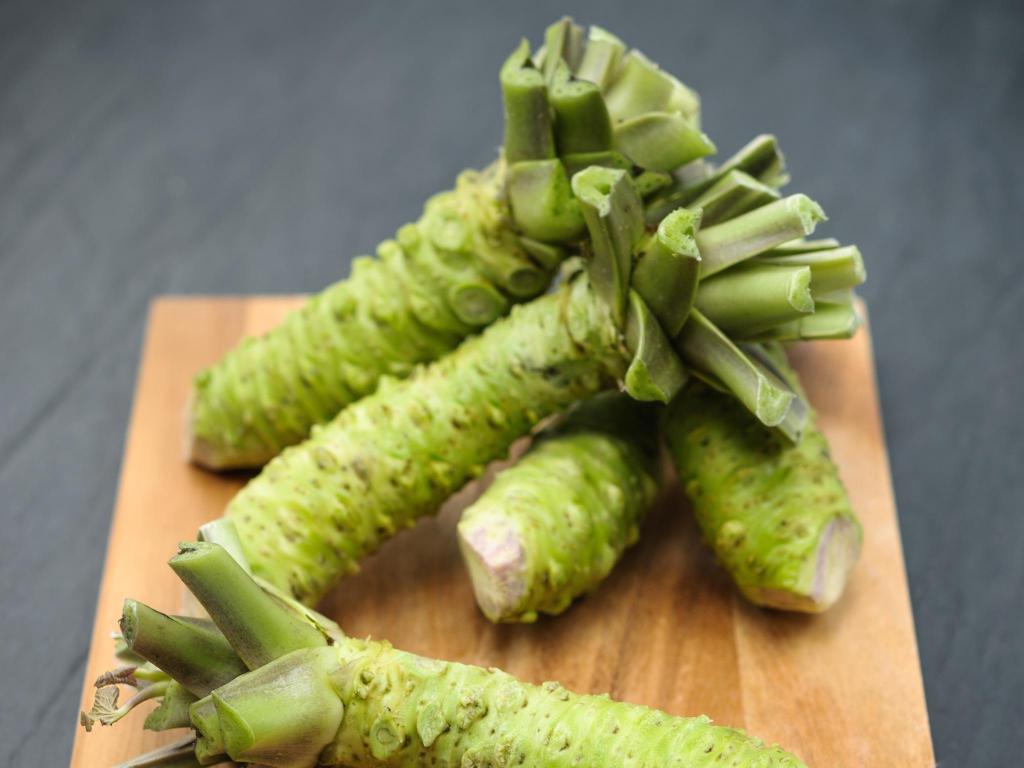
Cardamom
A plant native to India, cardamom belongs to the ginger family. The seeds of the fruit are dried, moistened and then dried again. And their unripe fruits have a strong aroma. Being one of the most expensive condiments, cardamom is rightfully considered the “king of spices”.
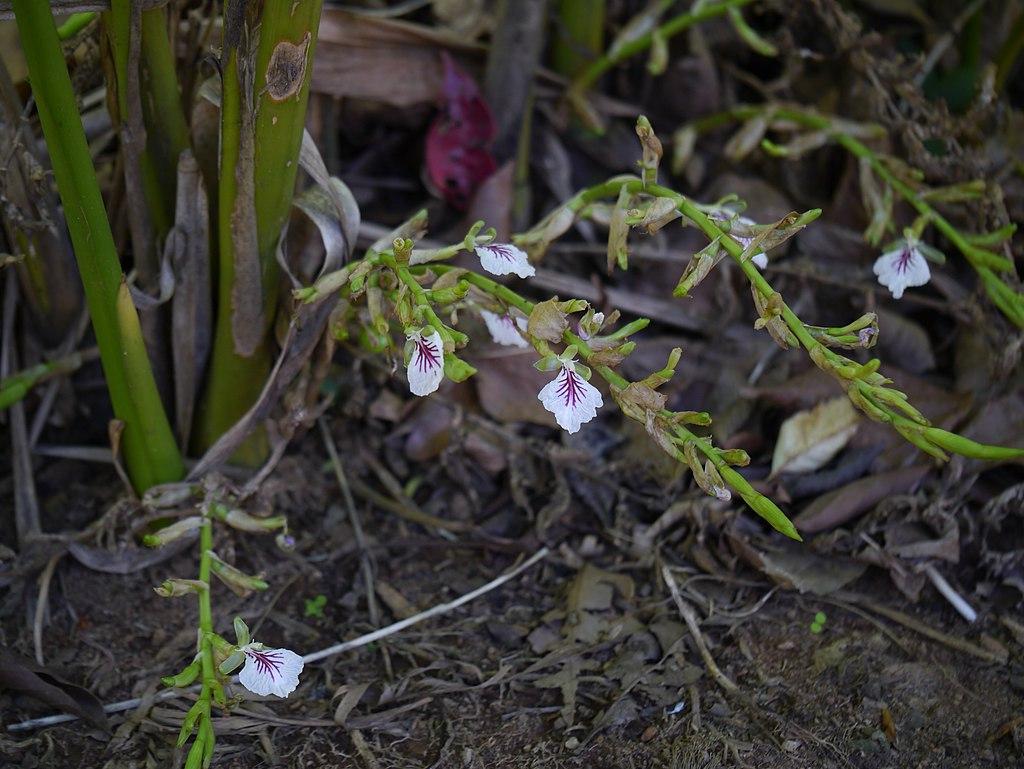
Muscat
The tree, which can grow up to 10-12 meters, produces peach-like fruits. When these fruits are fully ripe, they open, after which the seed is exposed. Subsequently, it is these bones that are collected, dried and ground into powder.
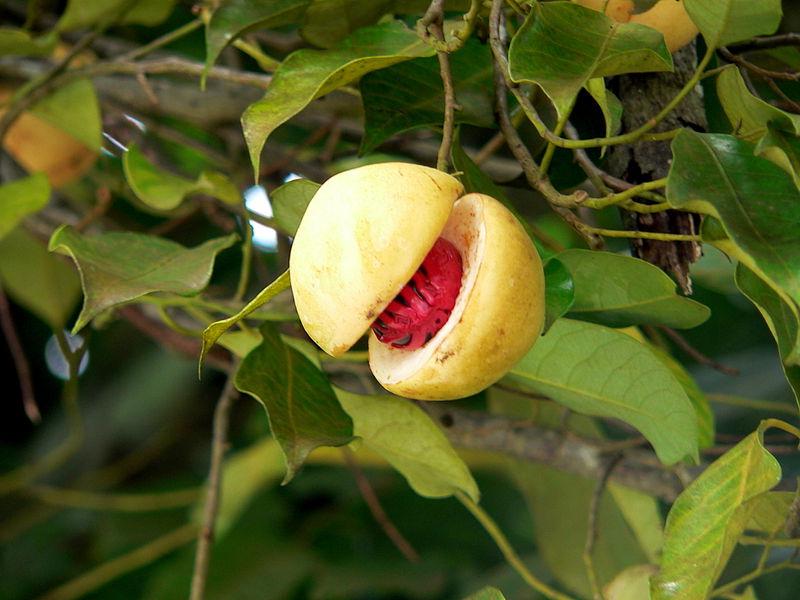
Black pepper
This spice is a tropical vine with clusters of small berries. One plant produces four types of pepper - white, green, red and black, depending on the time of harvest.
Although black pepper is a hardy plant, it can be difficult to grow indoors.
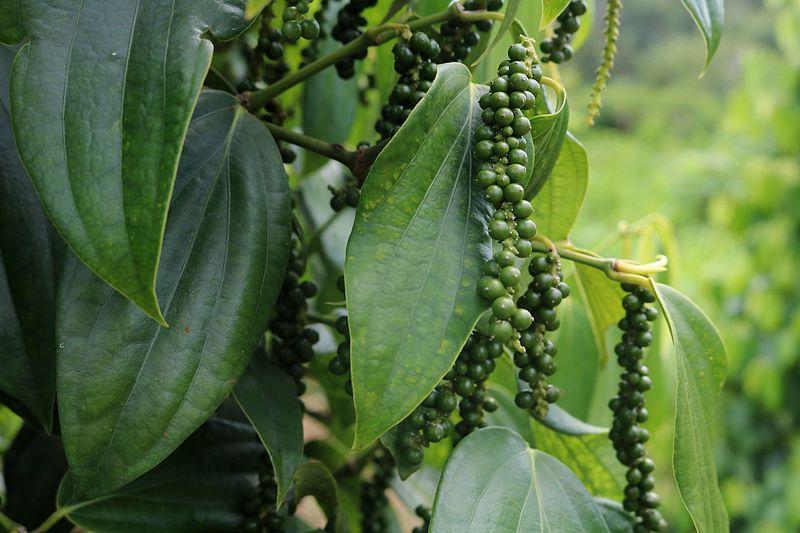
Mustard
Thanks to its beautiful yellow flowers, the plant has such a bright and beautiful color. Most often, mustard can be found in the fields in late September - early October. The seasoning is made from whole or ground plant seeds.
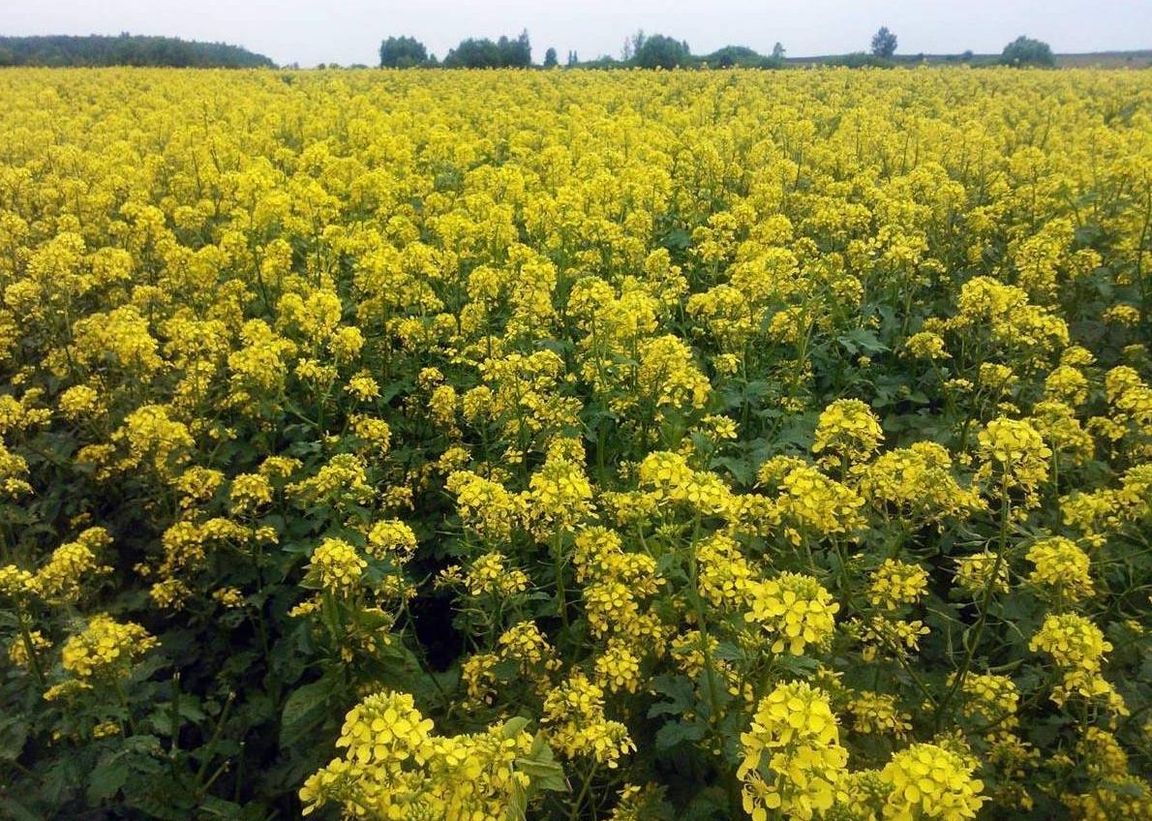
Cumin
A plant native to the Mediterranean Levant, it is considered very rich in minerals and vitamins A and C. The parsley family has thin stems and small flower clusters. Caraway seeds are harvested semi-ripe and left in a dark, dry place until fully ripe.
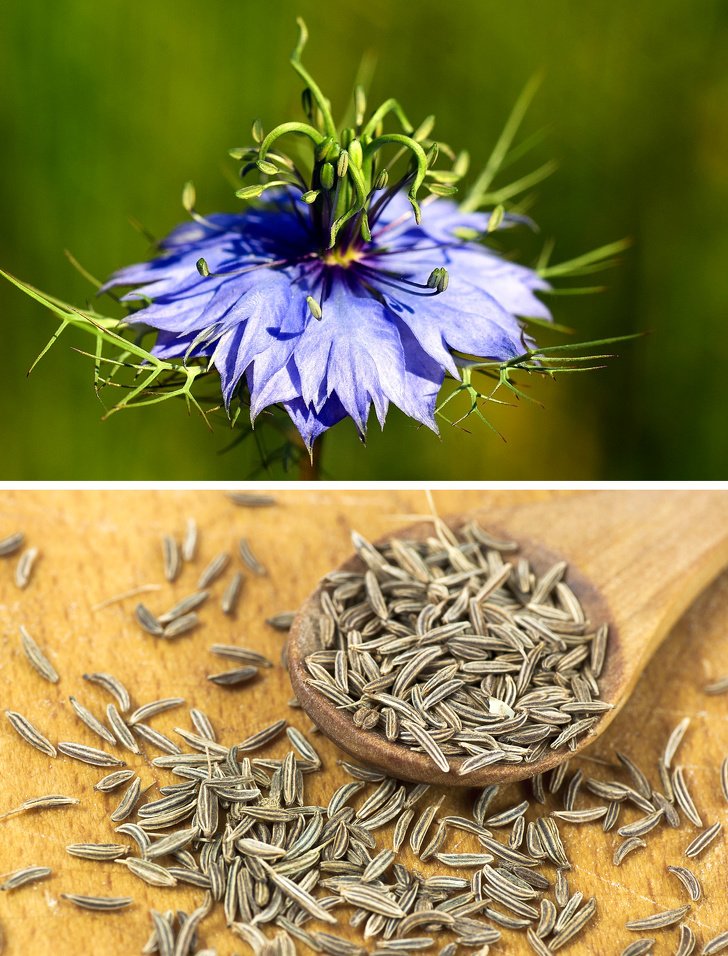
Anise
It is an evergreen shrub with star-shaped fruits. The plant contains brown cocoons that protect the aromatic seeds. When ripe, its capsules burst and give seeds.
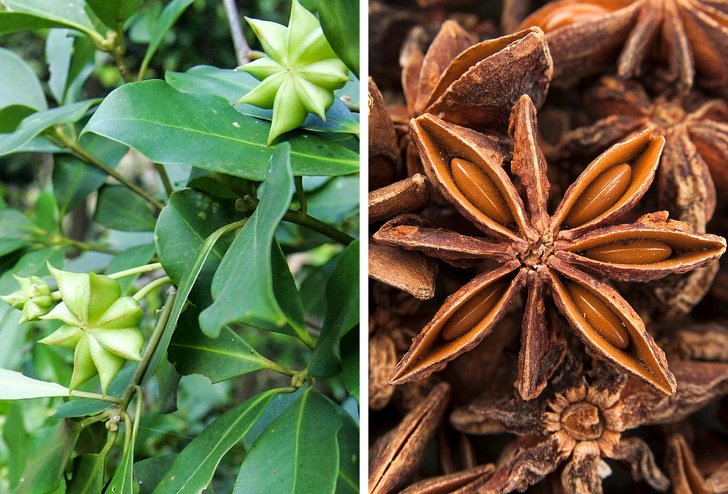
Capers
Flower buds that bloom with beautiful pink or white flowers during flowering. The main feature of capers is that they are not eaten raw. Capers are often canned or pickled with vinegar and salt.
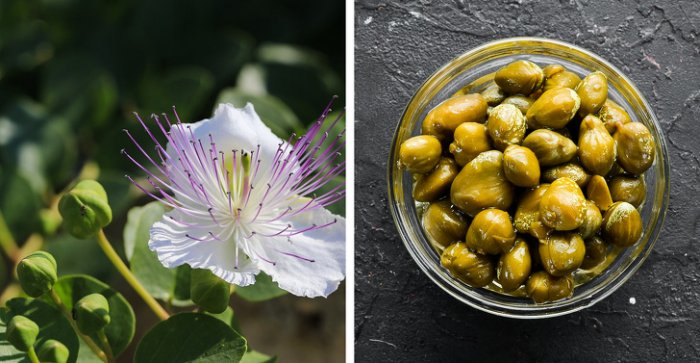
Turmeric
The Indian plant turmeric is actually just a root dipped in boiling water. In the process of contact with boiling water, cells are activated, coloring the plant in orange. Finally, the root is dried and crushed.
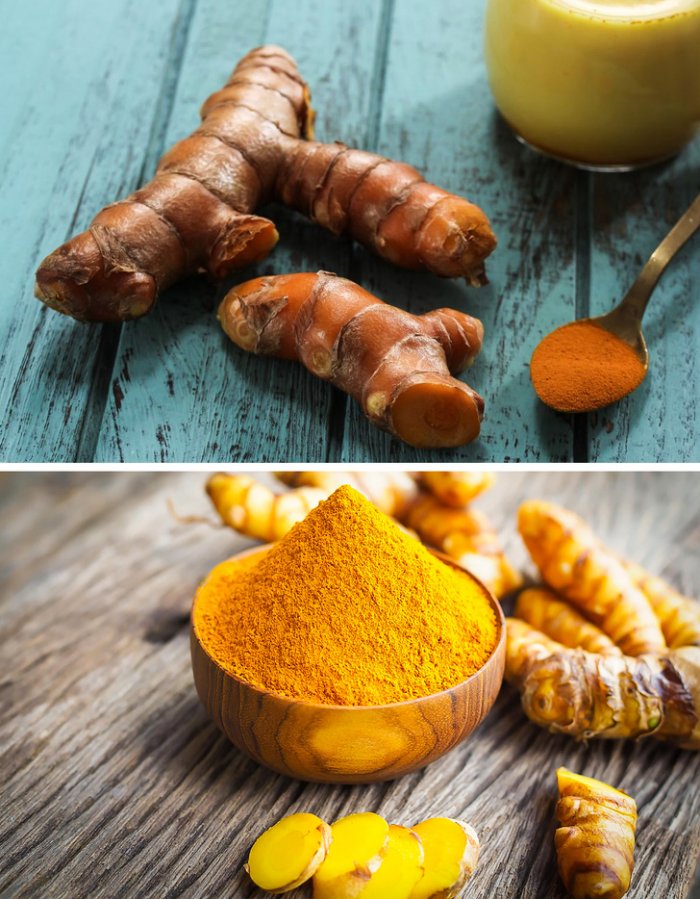
Vanilla
The plant, native to Central America, grows on perennial vines and has sticks. In ancient times, the indigenous people of Mexico used to add vanilla sticks to the drink we call "cocoa." To turn the plant into a spice, it is dried and ground into powder.
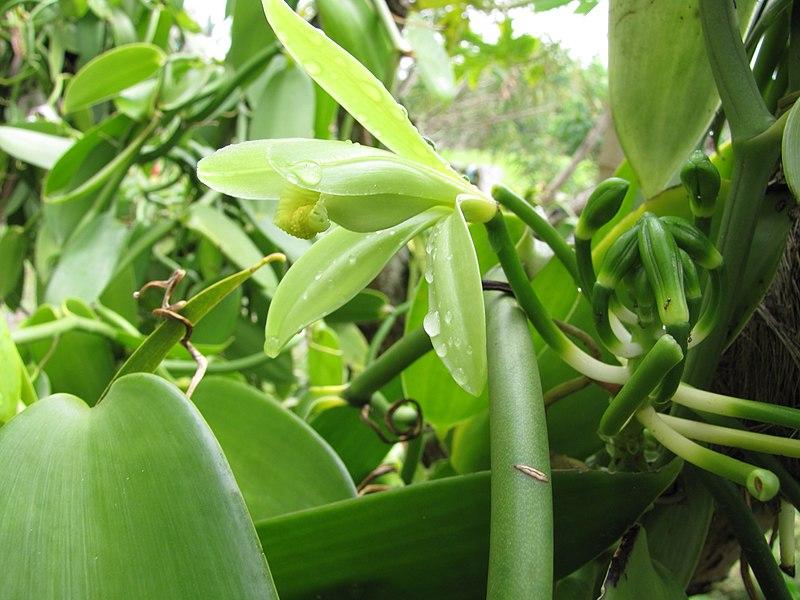
Carnation
The dried flower of a tropical evergreen tree produces a bountiful harvest that makes the plant widely available. For the preparation of spices, unopened buds are usually used.
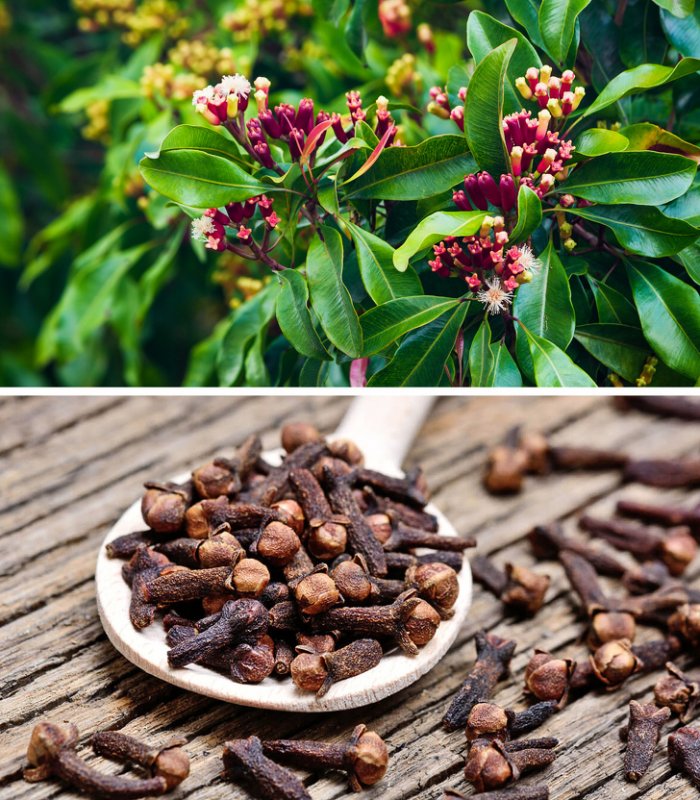
Rosemary
It is interesting to know that the rosemary spices we use in cooking are made only from the young buds of the bush. Mediterranean rosemary is also called “sea dew”.
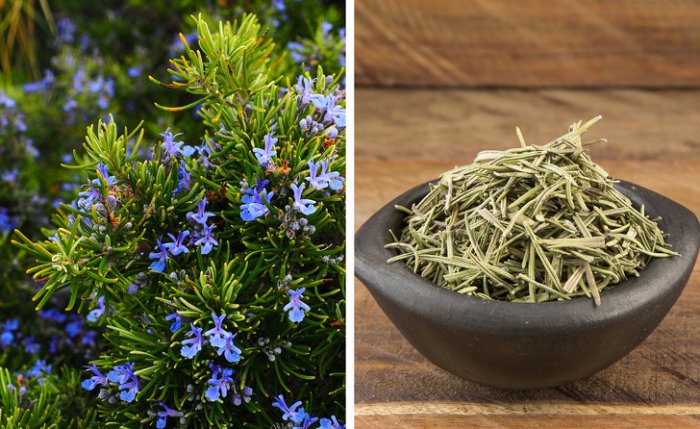
Sage
Sage bushes 30-40 meters high, can be found in open areas. Sage has beneficial medicinal properties, so its use is widespread not only in everyday life. The plant has beautiful purple and blue flowers, but only its leaves are selected for spices.
